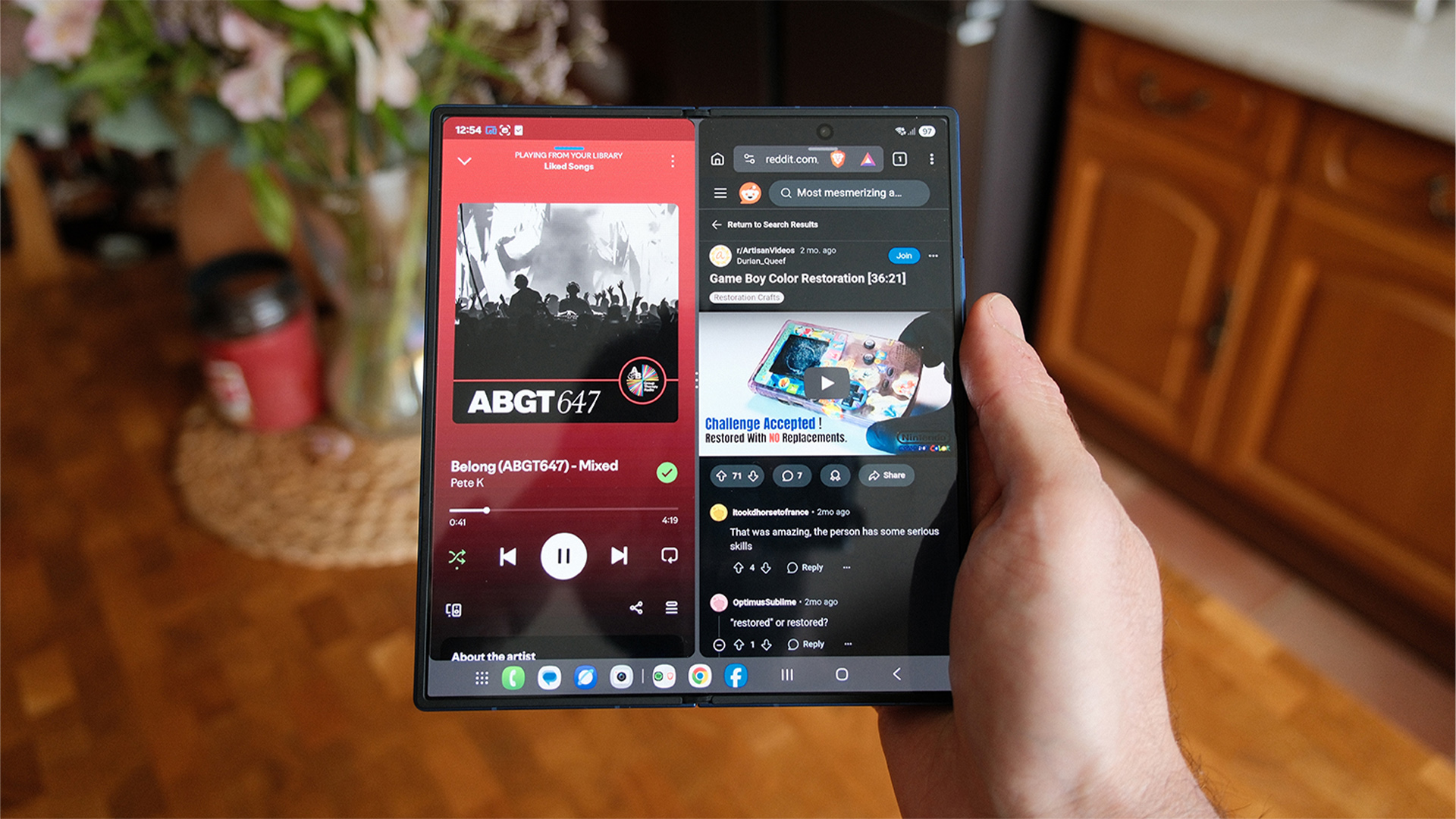Touraj Moghaddam: the man behind Roksan and Vertere talks turntables and cables
We speak to Touraj Moghaddam about Roksan Audio, Vertere Acoustics, and his hi-fi design philosophy
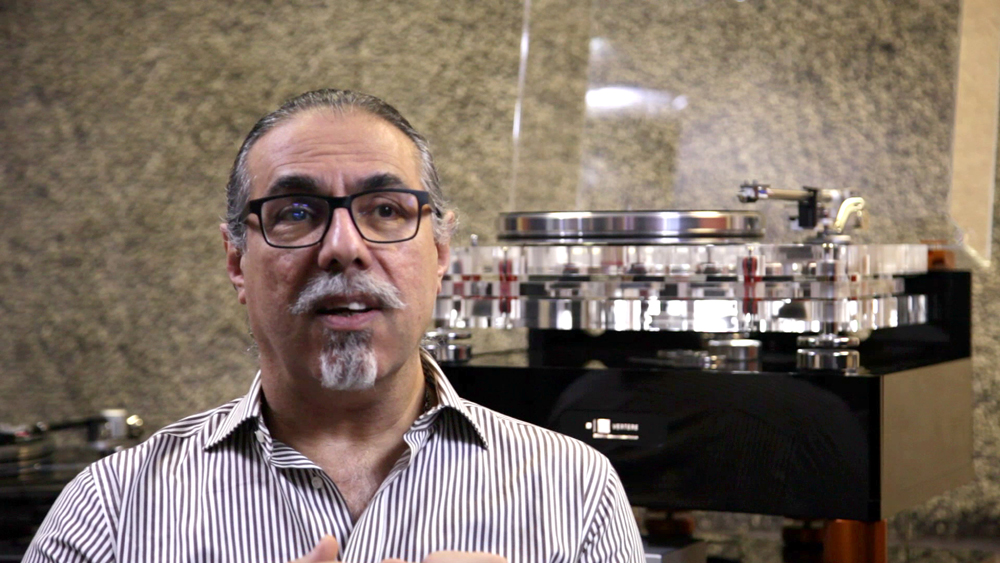
Touraj Moghaddam is still probably best known as the founder of Roksan Audio and the designer of the long-running, innovative and rather brilliant Xerxes and TMS turntables.
But for most of the last decade, he’s been quietly building his Vertere Acoustics brand into a byword for excellence when it comes to vinyl replay and cable manufacture.
We met Touraj to find out more about his hi-fi background and the experiences that have led to his decades-long successes.
WHF: How did you first get interested in hi-fi?
TM: I've loved music from as far back as I can remember and used to listen to records on our all-in-one Emerson TV/Radio/Record Player – if you could call that hi-fi!
At around the age of three, I was totally fascinated by how the ‘needle’ on a record could produce music, and how the auto stack-play mechanism worked. In fact, from memory, my father and I were the only ones who could operate the record player section of the unit. This love for music and the workings of the record player has stayed with me since then and hopefully will continue.
What was your first hi-fi system?
The first ‘hi-fi’ system I actually bought was a record player music system that consisted of a turntable integrated with an amp, and two hang-on-the-wall speakers.
I bought this from the PYE electrical shop in the village when I was in fourth form at school. From memory, it was made in Russia and became the main source of music in our dorm. Everything from Pink Floyd, Black Sabbath, Deep Purple, Hawkwind to Yes and even Monty Python was played on that record player!
The latest hi-fi, home cinema and tech news, reviews, buying advice and deals, direct to your inbox.
How did Roksan Audio start?
By early 1985, I had made a record player for myself to address the shortcomings of the one I had at the time. A few visiting friends who heard it wanted one for themselves.
Also, a very good friend who was also my retailer heard it in my system and asked if I intended to produce it – he really wanted to get production ones to sell. As a result, in 1985, I partnered up with a friend, and that was the beginning of Roksan. We were waiting for a table in Hard Rock cafe and decided to start a company to produce the record player. I was happy to do that as long as we called the company Roksan.
Why did you name that first turntable Xerxes?
The Achaemenid Empire in Persia, over 2,500 years ago, always fascinated me, especially Cyrus who was the king with the first declaration of human rights. Xerxes was one of the kings in the era and had constructed some amazing structures at Persepolis. Since Cyrus was already a brand in the hi-fi industry, I chose Xerxes for our first product.
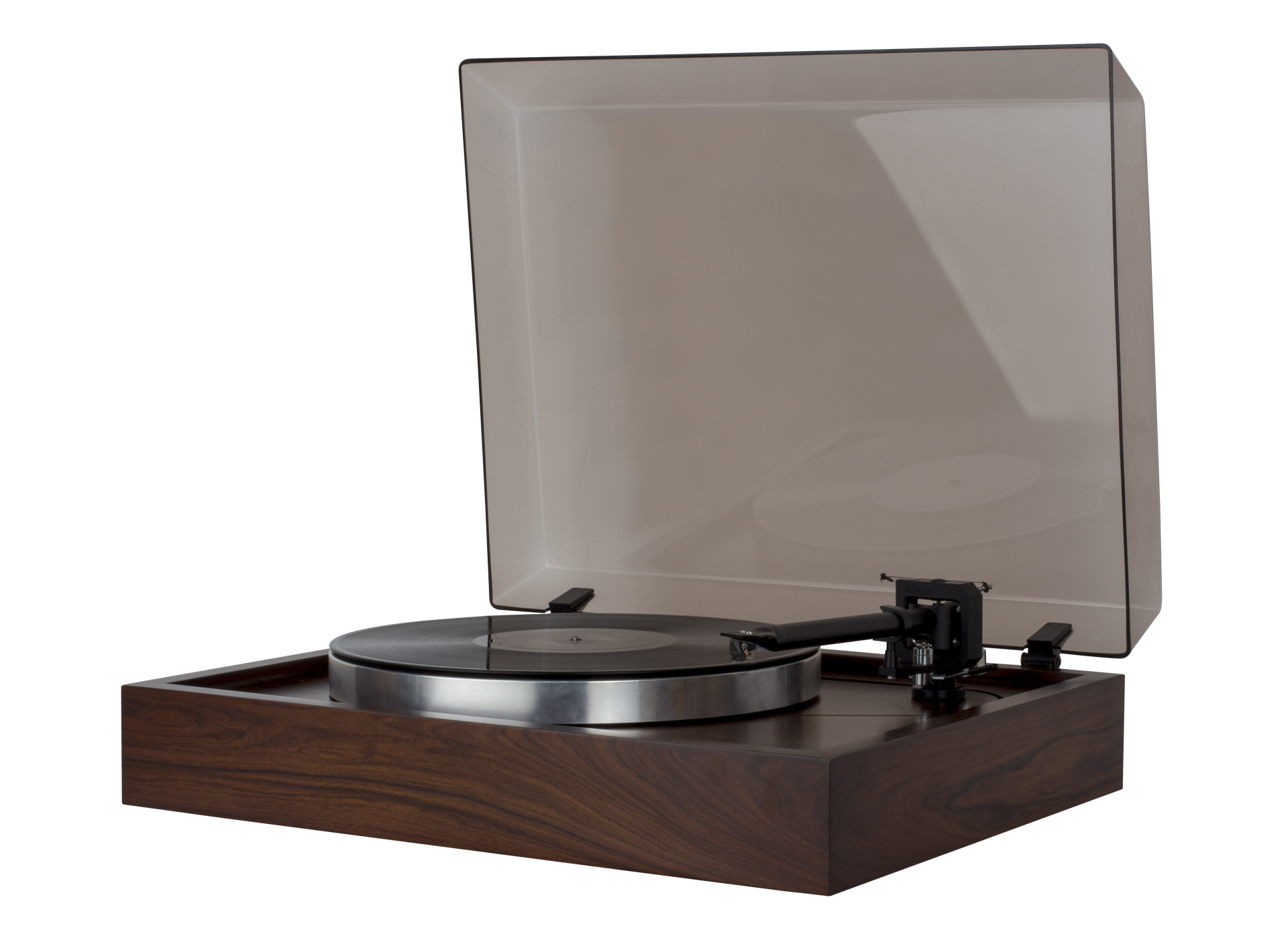
Define the job of a record player?
This was the one thing I was after when I heard my supposedly ‘best’ turntable at the time being annihilated by a VCR recording of a Thelonious Monk performance – VCR tape vs the LP.
No one I talked to had a proper answer, so it was a bit frustrating to want to make a better record player but not knowing exactly what it was supposed to do! Eventually, via an unrelated route, I came across the answer!
It was almost five years into my postgraduate work in wind turbine design that led to defining the job of a record player. I had already made the turbine and ran some live tests, while in parallel I had written a software programme to simulate the results. The problem was that the simulation didn’t quite match the measured results.
I was convinced that my modelling equations or my programming must have had some errors. After consulting with my supervisor, he suggested that perhaps it was the measurements that were inaccurate! I asked how that could be when he smiled and gave me a book on measurements to read.
At home, sitting with the book and listening to an LP, I started to read the introduction explaining how crucial the measuring equipment is in enabling ‘correct’ value of the parameter under measurement. That moment became the beginning of my record player design. I suddenly realised that the function of a record player was to measure the groove with respect to time. The linear measurement would define the amplitude and the time element, the frequency.
Deck, arm, cartridge or phono stage – which has the biggest impact on the sound?
This is a very good question. But it’s like asking which has the greater influence on the performance of a CD player; the laser head, the mechanism and its controller or the DAC? I believe in any system the weakest link will dictate the limitations of the overall performance.
It’s no good enhancing and improving one component in an interlinked system while giving less importance to the other parts, unless that component happens to be the weakest link.
For example, when I was designing the RG-1 record player, I knew the weakest link was the tonearm. That’s why the Reference Tonearm came before the deck. Without the Reference arm, I wouldn’t be able to establish the shortcomings and limitations of the turntable side.
Balance in design is the key in my opinion. We should always try and keep every contributing component of the record player within reasonable performance level of each other.

Can you explain the way you isolate the record surface from the environment?
You cannot. The best you can do is to support the record in a manner so it does not adversely affect its ‘state’. By this I mean to keep the record as unaffected as possible by its support system. That’s why I never use clamps or vacuum-suction and so on. There is absolutely no need for those.
The stylus is unable to ‘move’ the record while it’s being played due to the huge momentum of the disc rotating relative to the mass and compliance of the stylus or cartridge. And any attempt to make the record flat would be insufficient as the surface and the groove will still be moving up and down and sideways (in and out). This is an issue for the tonearm or cartridge to deal with, not the turntable.
In the past, for record support, I had used highly fibrous materials as a mat, which effectively provides a layer of air under the record. The fibres support the record, holding it effectively up over the platter surface.
In my recent designs at Vertere, I’ve been using a thin layer of acrylic bonded to the platter top. This actually contacts the record underside in only a few tiny spots, again effectively providing a thin layer of air. This way the record is as unaffected in its state as I can make it. Of course if in future we come up with a better solution, it will for sure be implemented.
Why not use a sprung sub-chassis?
This is a reasonable approach and can provide good isolation when it comes to externally induced movements on the turntable – feedback and alike. However it is rather limited in dealing with internally induced movements.
Internally induced movements are far more important and trickier to control. Internally induced movements easily get a sprung suspension to move and do things that screw up the music. You end up having to setup inconsistent and yet highly interactive arm cable dressings – too stiff and the suspension won’t work properly and too ‘free’ and the suspension moves too much.
The same applies to the springs and their mountings and even the belt, each one adversely influencing the interface between the stylus and the record groove. Sprung sub-chassis design was a good solution for the 70s & early 80s but it’s old engineering.
It’s far more effective to design the record player with an isolating structure with several degrees of freedom that work in unison with the moving arm, cartridge and record interface.
From Day One, I believed the unwanted movement of the stylus in the groove was one of the main culprits in preventing a realistic musical and dynamic performance from a turntable. We have to design the record player drive system, support, tonearm and cartridge in a much cleverer way if we want to extract the maximum performance from the vinyl.
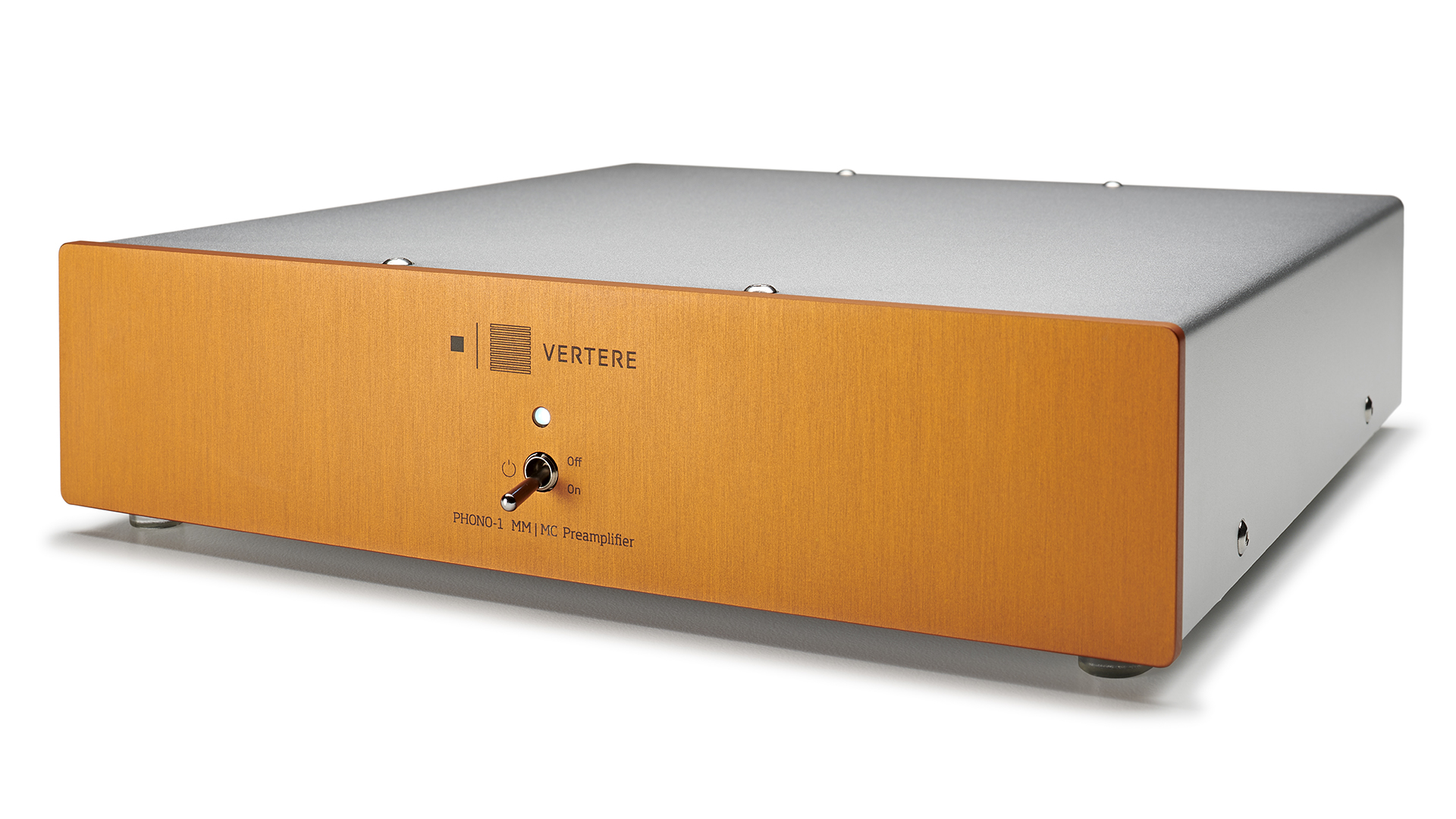
Do you prefer moving magnet or moving coil cartridges?
I love MM cartridges, purely because of their higher output, but haven’t yet come across one that has been able to match the best MC. I’m not sure exactly the reasons for this. Probably it’s a combination of factors that a well-designed MC performs so well – moving mass, low output impedance, ability to have higher frequency extension, coils that actually move within the magnetic field, and more…
In practice, it seems that a well-designed MC cartridge can provide a much more lifelike sound with finer defined dynamics. Of course, you’ll need a good phono amp that can be matched well with the low impedance coils and work properly with the much lower output signal level.
What’s your process for developing a record player?
After establishing the design specifications, the process begins at the heart of it, the drive system – bearing, platter, belt, motor & motor drive.
Once the drive system in its preliminary form is designed, the next area is the support and the connections. That is how the player is grounded and how the structure supports and connects to the drive system and the tonearm. The player must then be checked that it works properly given a known tonearm – one of ours that is suitable for the design.
When the entire system works together with the tonearm I look at tonearm design. This inevitably leads to either a variation of an existing tonearm or a totally new approach, as it was the case in the design and development of the MG-1 and, to a greater degree, the DG-1.
It is important to realise that during all this there is an ongoing iterative process that encompasses the whole design until it’s signed off for production.
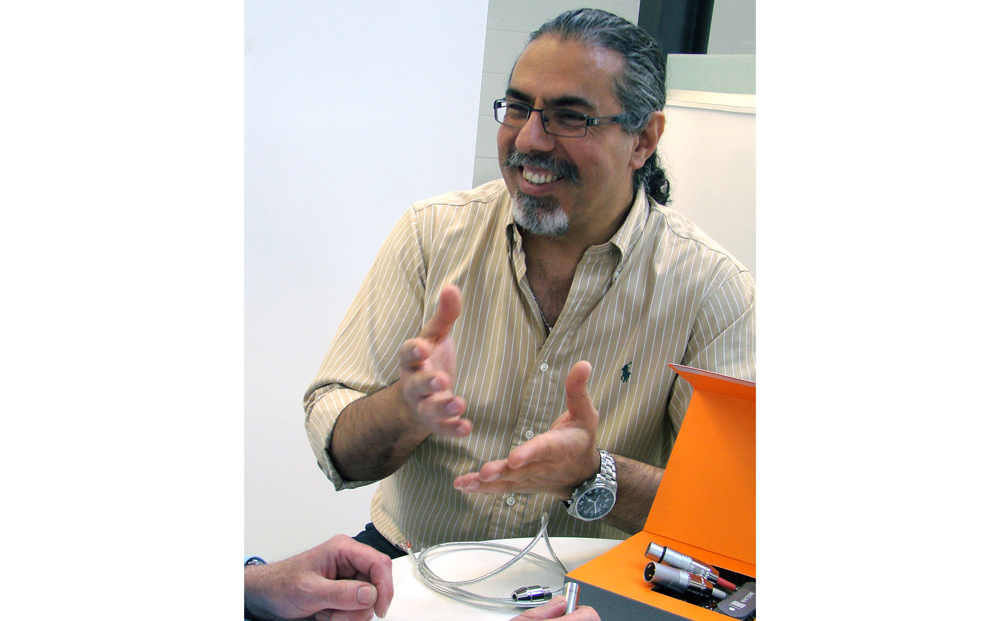
Why did you decide to launch Vertere Acoustics with a range of cables rather than a record player?
Vertere was the beginning of a new era for me. It set aside ‘commercial’ requirements for product design and was initially an independent R&D project separate from what I was doing at the time.
I wanted to investigate and to establish the weakest links in our audio systems. Soon it became apparent that the cables were by far the weakest links, limiting the performance of almost all the products in the chain.
It took approximately a year before I had some prototype cables made to evaluate and from the start, these showed how limiting existing cables were. Once the Pulse Hand-built cable was finalised, it enhanced the performance of every product that I tried it with, but also opened a window – showing how good some of the products actually were that had previously been discarded as being merely average.
Reasons for how and why are many, but what was clear to me was that there was no point in just continuing to design new products without addressing the weakest links first. That is why in Vertere I began with the Pulse Hand-built cables. These opened the door to the rest of the products that have come since.
Vertere makes record players, phono stages, cables and equipment supports, so what about other parts of the hi-fi chain, such as amplifiers or speakers?
The Vertere product range has grown and there have been a few ‘scaling down’ projects leading to effectively more affordable versions of our flagship products. The ‘flagships’ are in reality what we are currently capable of producing to address the weakest links in any particular area.
More often than not, there are high costs involved in design, development, prototyping and manufacturing of these flagships. Once the R&D costs are paid for and we have learned the ins and outs of the components of each design, we evaluate the feasibility and our customer requirements to see if any of the designs could be scaled down. The results are evident in our range of record players, tonearms, cables and so on.
For example, the Vertere Phono-1 was designed and produced not to address the weakest link, as we know of quite a few phono preamps that are absolutely breathtaking. The Phono-1 came about because I couldn’t find a phono stage that fitted the budget to partner our downscaled record players such as the MG-1 or the new DG-1.
In the world of amplifiers and speakers however, we have a great number of brands that are producing fantastic products in value and performance across the entire price spectrum. I do not see how we can add anything of value at this point in time.
Of the products you’ve designed, which are you most proud of?
Of course, my first product, the Xerxes record player, would be amongst them. However without the Hand-built Pulse cables and the Reference Tonearm I wouldn’t be able to do any of the things that we’ve made over the last decade. So I’d say the HB cables and the Reference Tonearm top the list. But I am still proud of all the products that we have made.
One other beauty was the original Darius loudspeaker. It may have sounded coloured due to the drive units available at the time, but it was something else when it came to dynamics and imaging.
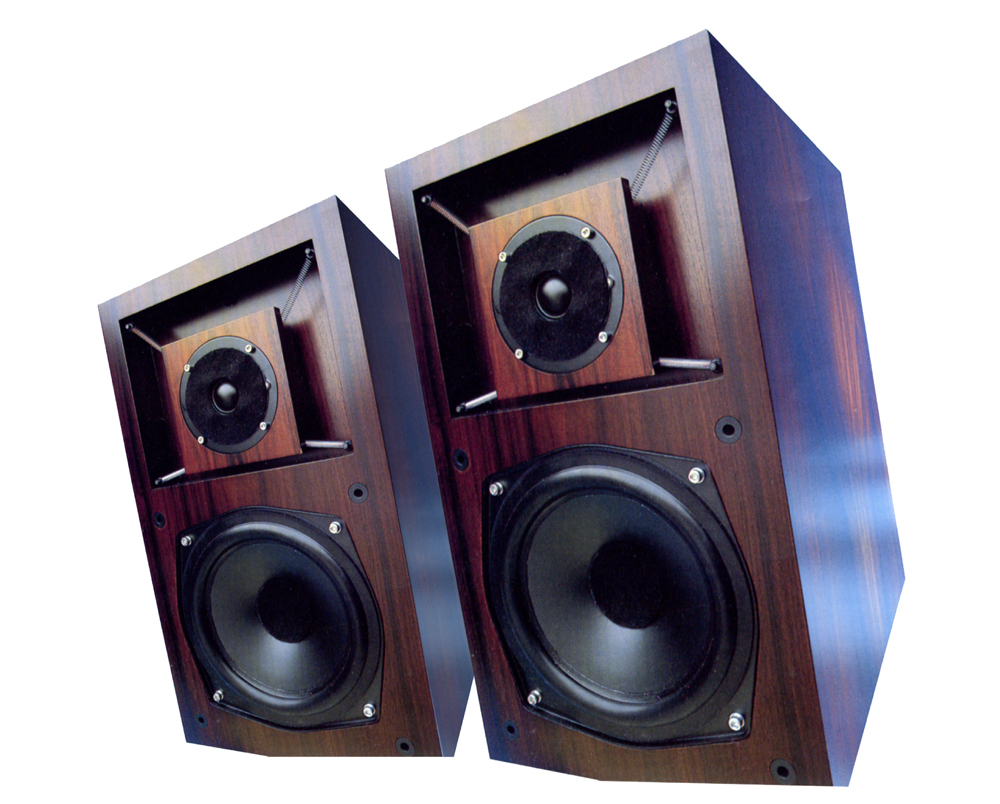
Which of your rivals' designs do you admire most?
My first, what I would call proper turntable was a Thorens TD-160, and then I got an original Ariston RD11 and two Linn LP12s, which were all derivatives of the Thorens TD-150 design.
Most other makes took a high mass approach, or used direct drives or DC motors, and just didn’t quite do the same thing. And, despite the shortcomings of the sprung sub-chassis with AC synchronous motor-driven designs, they all managed to portray the music better than the others. However today, I believe, it’s only the Linn that still exists and so that would be my choice.
Measurement or listening? Which takes priority?
Measurements are important as they verify that the product is performing within our specifications. Listening, on the other hand, is absolutely crucial, as it proves the product performs to our expectation.
Our hearing, however imperfect, can detect such minute changes and effects that measurements are unable to show clearly. But if we know what to measure and how to measure it accurately, we can understand better why our ears hear what they do, and this could lead to even higher performance designs.
Both play a role and both are important however the ears ultimately dictate because the products are made for them and not for the measuring equipment.
What’s your reference system?
I use a Vertere RG-1 reference record player with FM Acoustics 223/268/1811 (bi-amped) / XS-1 Inspiration System as an absolute reference, and Vertere RG1 reference record player with FM Acoustics 123/245/108/108/111 (tri-amped) / PMC MB2 SEs as an everyday reference system.
However, I always refer to the master recording, the studio monitoring system using original master cut acetates to check and verify the accuracy of our reference systems.
This is crucial if we want to stay true to what has been originally recorded. Without doing this it is all too easy to get a ‘tuned’ sound that would ultimately limit the choice of material that we can play and enjoy.

What are your favourite pieces of music?
I have a decent collection of over 10,000 records and each of them has several pieces of music that are amongst my favourites, so you can appreciate answering this question is a bit difficult.
But if I can highlight just a few, I'd say Mozart's The Magic Flute or Verdi's Requiem are among my favourite classic pieces. I'm also a big fan of rock music, and albums such as Pink Floyd's Echoes, Ray Charles' What'd I Say or Synchronicity by The Police.
If I had to list some of my favourite tracks, they'd include Bill Withers' Ain’t No Sunshine, Stevie Wonder's For Once In My Life and Procol Harum's Whiter Shade Of Pale.
How will the record player of 2040 differ from today's?
A 2040 record player would most likely be powered by an exercise bike or some ‘green’ energy equipment. Self-powering, maybe by a wind turbine? That would be great, as it would definitely keep me in business – if I’m still alive.

Ketan Bharadia is the Technical Editor of What Hi-Fi? He has been reviewing hi-fi, TV and home cinema equipment for almost three decades and has covered thousands of products over that time. Ketan works across the What Hi-Fi? brand including the website and magazine. His background is based in electronic and mechanical engineering.
